Angelic Mary “Mother of Jesus” Bust Statue
Angelic Mary Bust Statue hand-cast using real crushed stone bonded with high quality designer resin and hand-finished by skilled artisans. Imaginatively created with one-of-a-kind details, from traditional to modern, this bust will enhance any environment in your home. Painted and sculpted by countless artists over the years, the sweetly pious Angelica Maria / Angelic Mary is inspired by a painting by Fra Filippo Lippi. History tells us he convinced a convent to allow him to paint a novice nun as the Holy Mother, then persuaded the maiden to run away with him to the shame of her family and her order. Amidst this dramatic tale of stolen love, the Virgin’s beauty is epitomized from her demurely downcast eyes to the gown draped across her softly curved shoulders. This quality designer resin replica is finished in a black bronze hue highlighted with gold accents to bring out each stunning detail. According to the Gospels of Matthew and Luke in the New Testament, Mary was a first-century Jewish woman of Nazareth, the wife of Joseph, and the mother of Jesus. Both the New Testament and the Quran describe Mary as a virgin. According to Christian theology, Mary conceived Jesus through the Holy Spirit while still a virgin, and accompanied Joseph to Bethlehem, where Jesus was born.
Mary has been venerated since early Christianity, and is considered by millions to be the holiest and greatest saint because of her extraordinary virtues as seen at the Annunciation by the Archangel Gabriel. She is said to have miraculously appeared to believers many times over the centuries. The Eastern and Oriental Orthodox, Catholic, Anglican, and Lutheran churches believe that Mary, as mother of Jesus, is the Theotokos (Mother of God). There is significant diversity in the Marian beliefs and devotional practices of major Christian traditions. The Catholic Church holds distinctive Marian dogmas, namely her status as the Mother of God, her Immaculate Conception, her perpetual virginity, and her Assumption into Heaven. Many Protestants minimize Mary’s role within Christianity, basing their argument on the alleged lack of biblical support for any beliefs other than the virgin birth. Mary also has the highest position in Islam among all women. She is mentioned in the Quran more often than in the Bible, where 2 of the longer chapters of the Quran are named after her and her family. According to Catholic and Eastern Christian teachings, at the end of her earthly life, God raised Mary’s body into heaven. This is known in the Christian West as the Assumption of Mary, and in the East as the Dormition of the Mother of God. Angelic Mary “Mother of Jesus” Bust Statue measures: 7 inches / 18 cm x 11 inches / 28 cm x 17 inches / 43 cm.
Angelic Mary Bust Statue on Amazon.
Angelic Mary Bust Statue on eBay.
Busts Statues, Religious Statues and Christianity Statues.


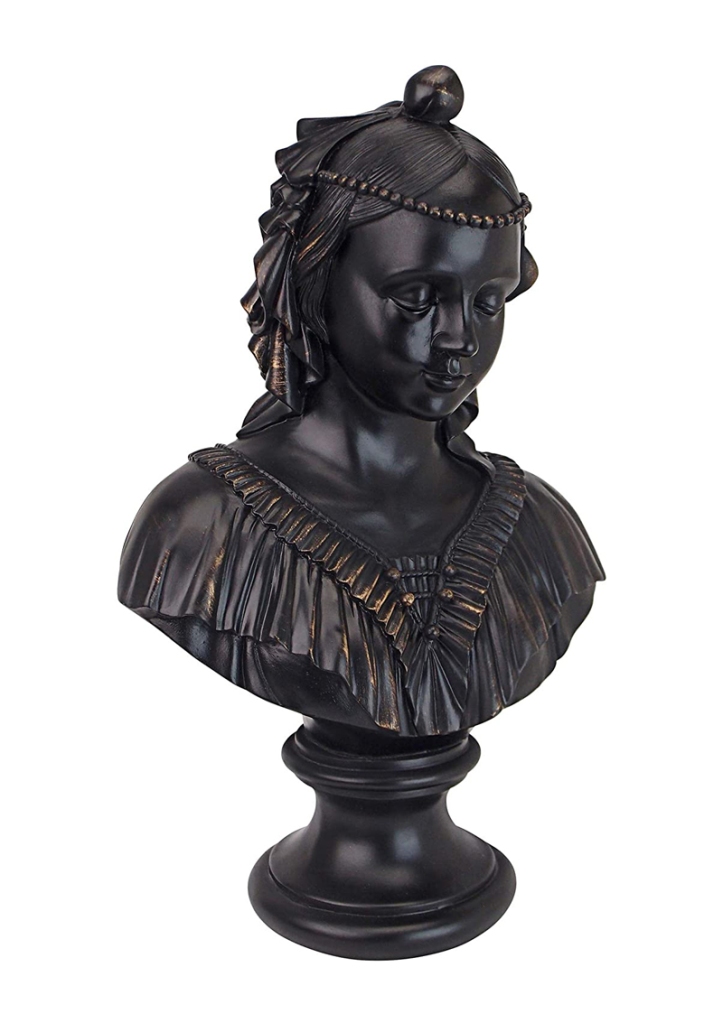

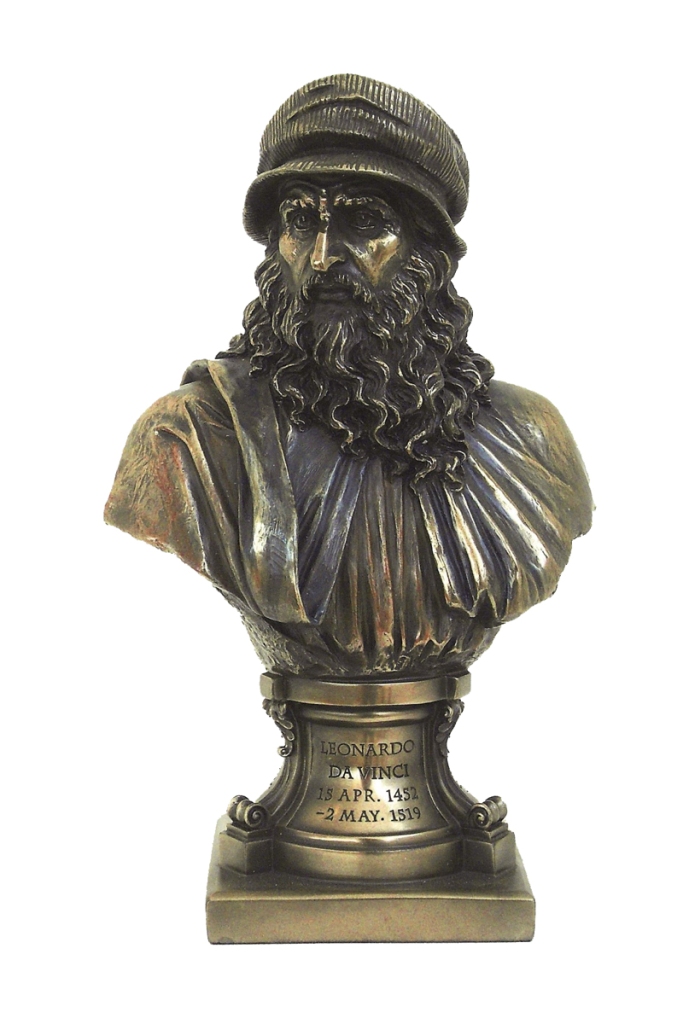
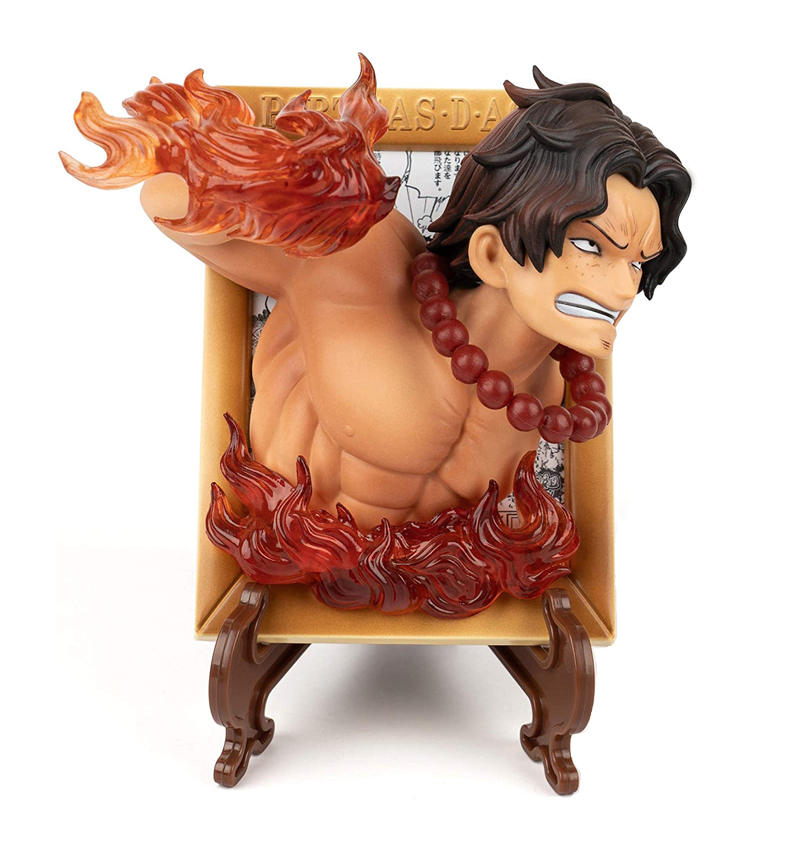
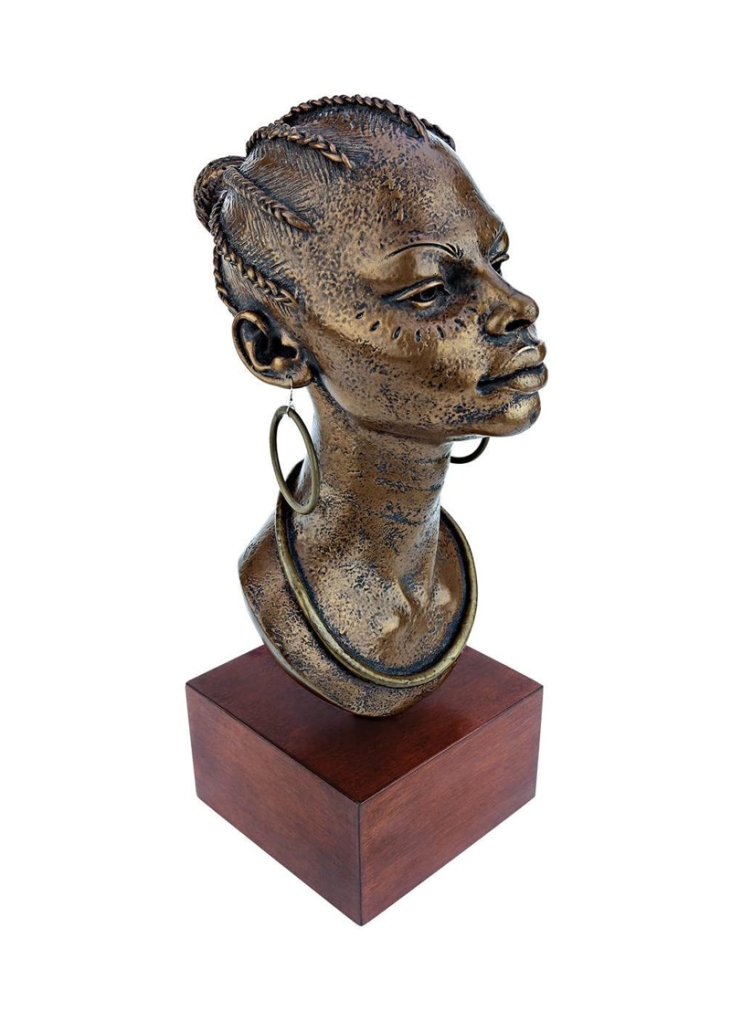
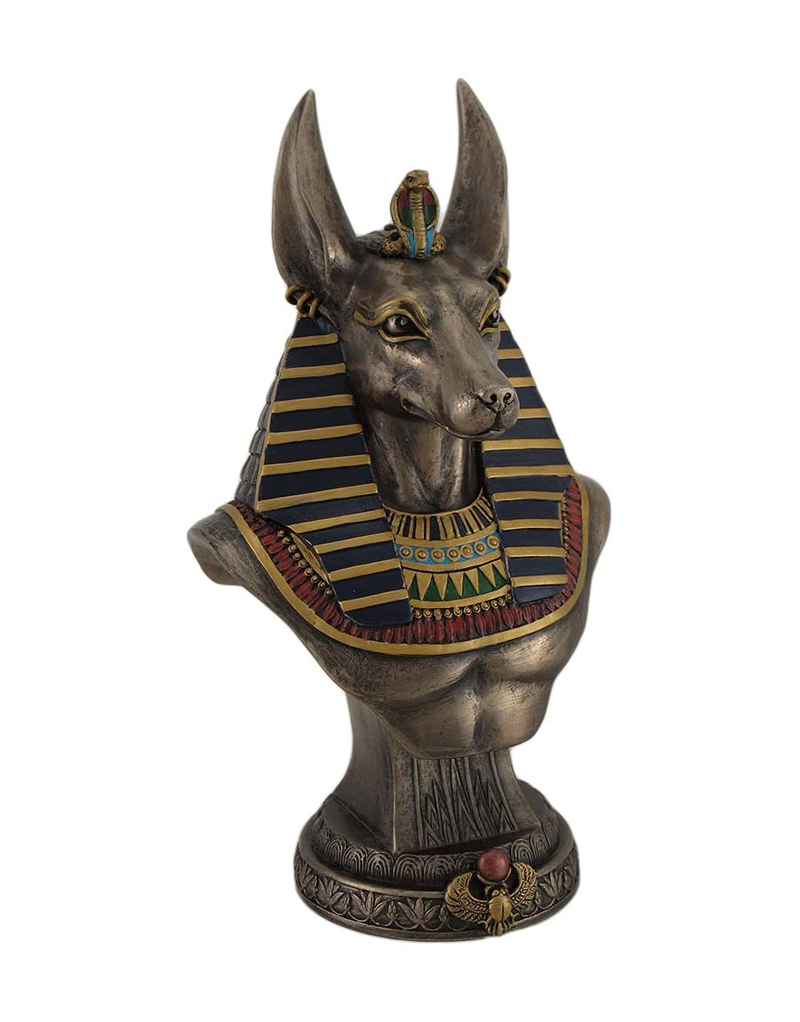
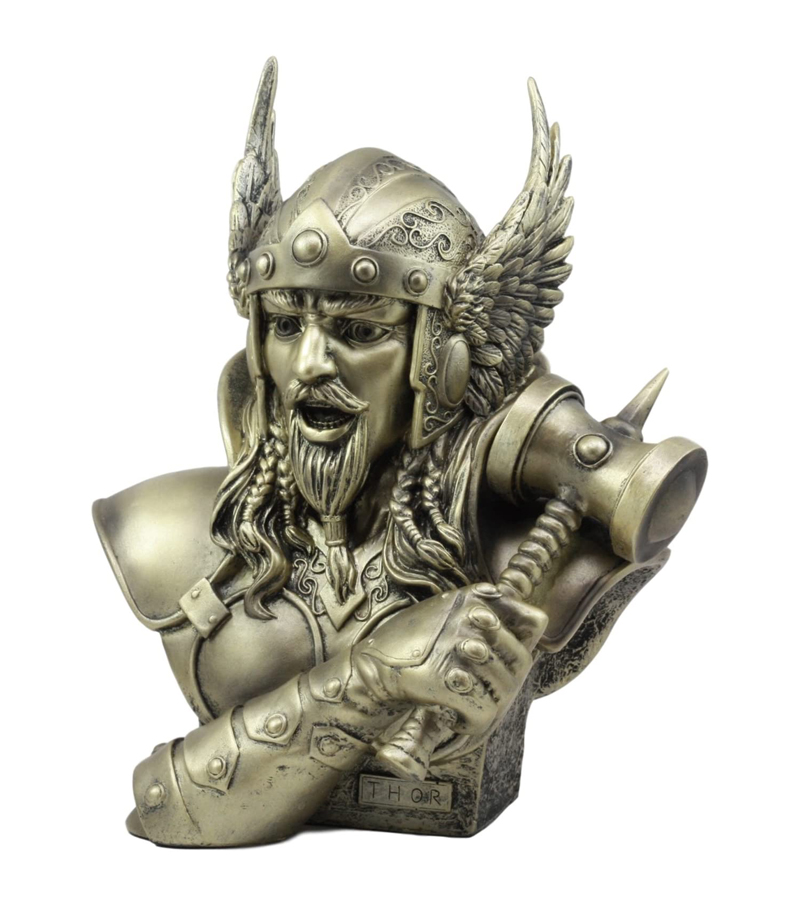



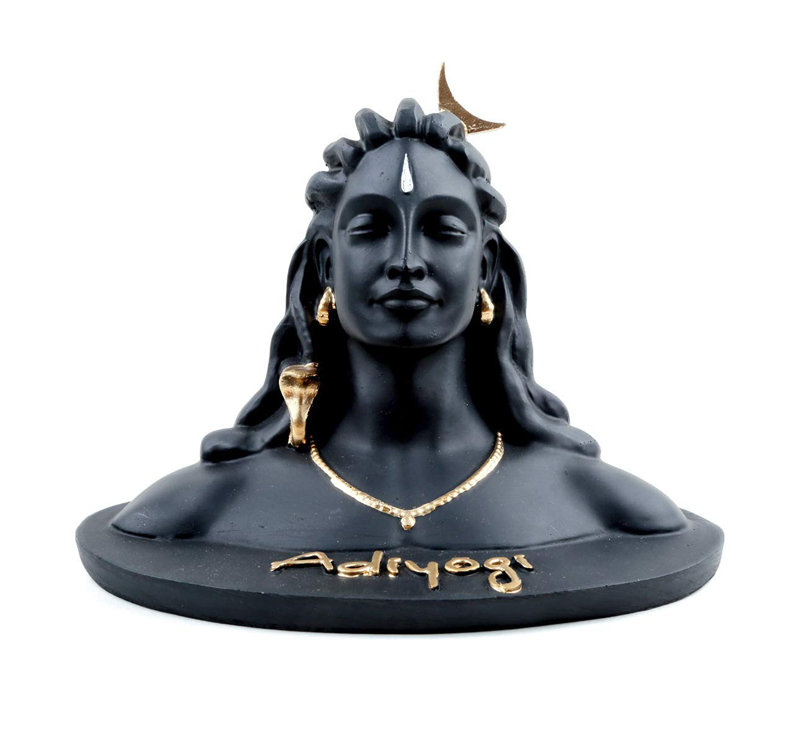
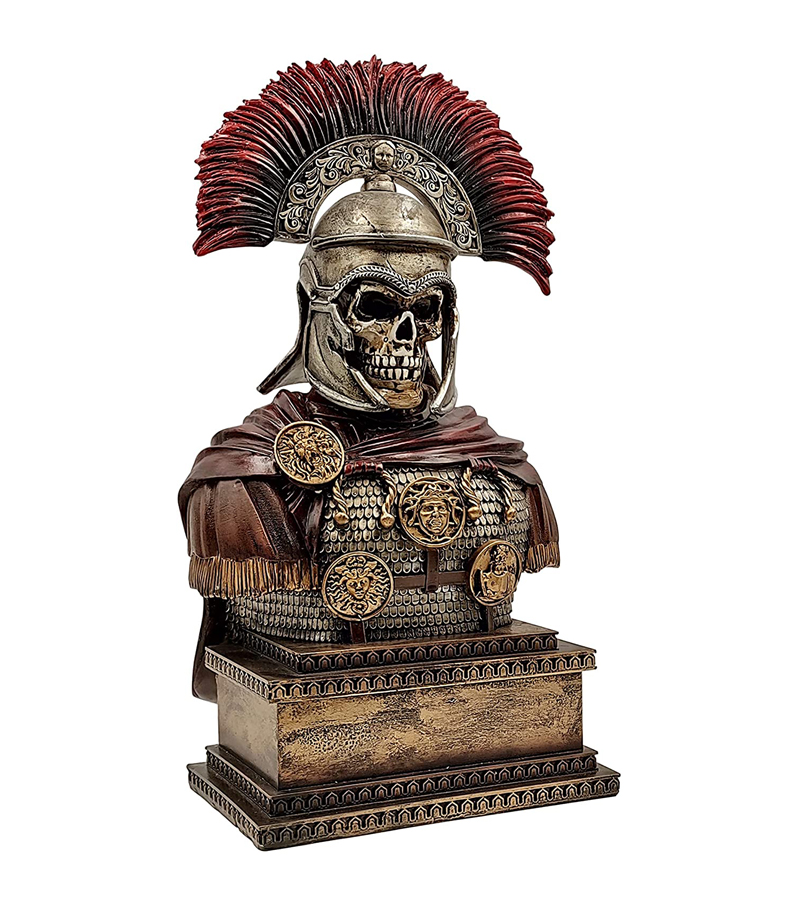
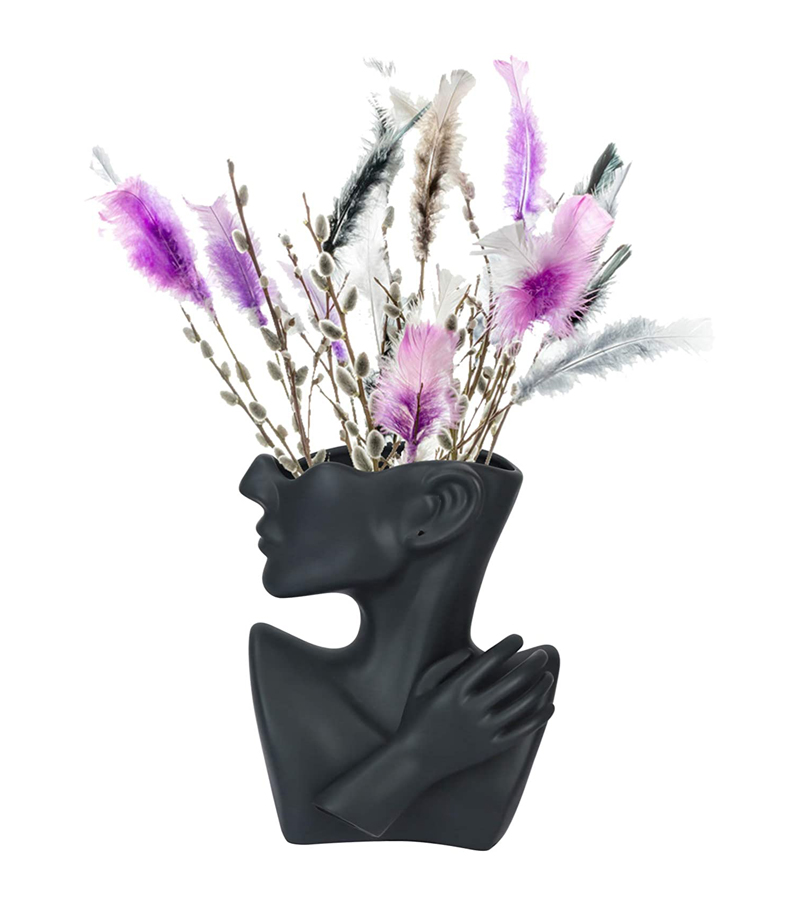
You must be logged in to post a comment.